Spatial Hover Emerges as Newest DJI Shell Company After Fikaxo Drone Mysteriously Migrates Between Websites
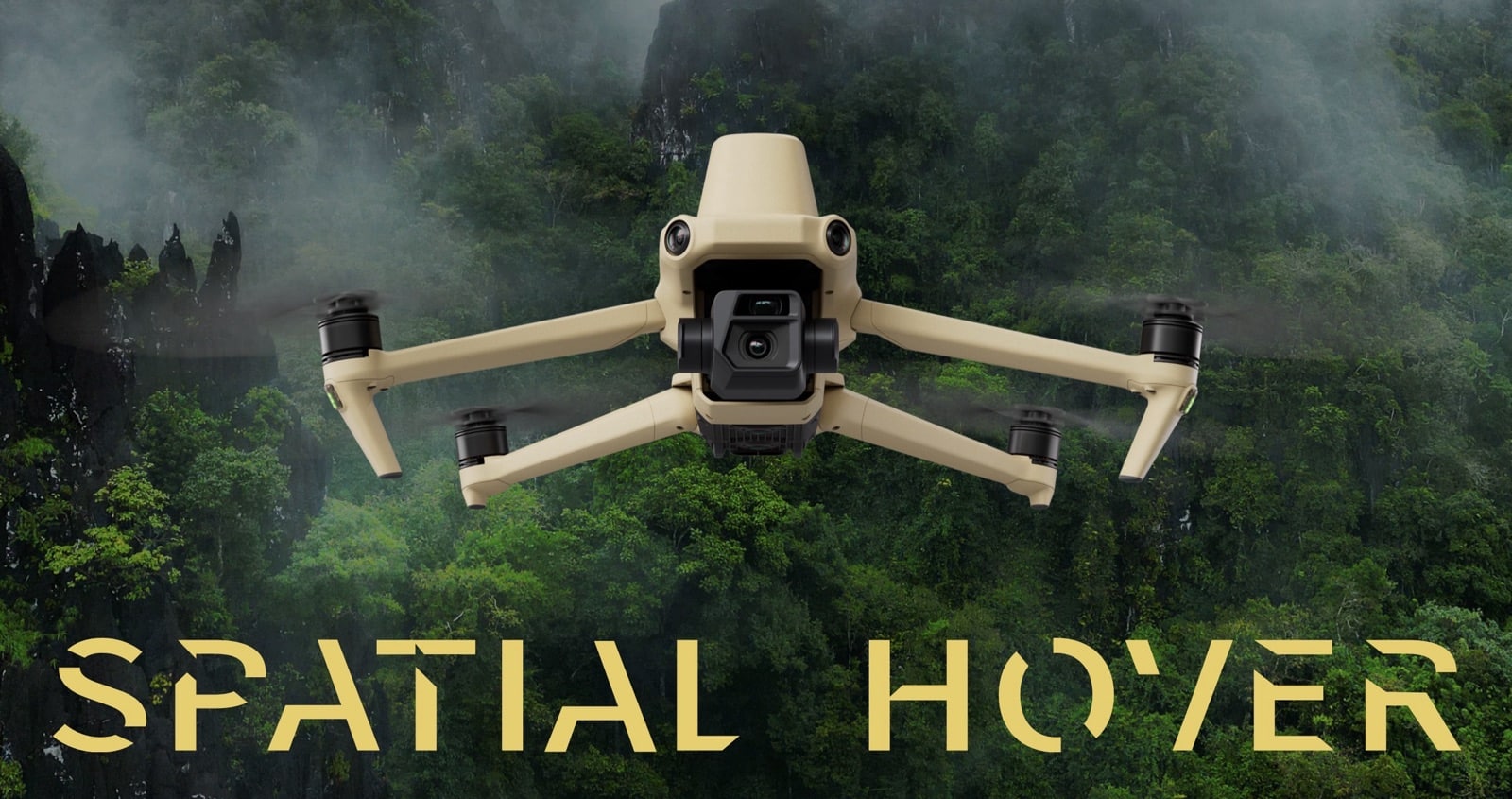
Amazon Drone Deals: DJI Mini 5 Pro Fly More Combo with DJI RC2 now for $1,099!
Spatial Hover Inc, a newly discovered suspected DJI shell company, submitted Federal Communications Commission applications for Enterprise-class drones on September 30—just four days after DroneXL exposed DJI’s expanding shell company network. The timing reveals coordinated movement of products between suspected proxy companies as a beige Enterprise drone that vanished from Fikaxo’s website mysteriously reappeared on Spatial Hover’s platform.
The discovery, first made by Konrad Iturbe, demonstrates apparent backend coordination in DJI’s strategy to maintain U.S. market access ahead of a critical December 23, 2025 deadline that could automatically ban new DJI products.
Coordinated Product Migration Reveals Centralized Control
The Fikaxo E1 drone—a suspected rebranded DJI Mavic 3 Enterprise in beige—disappeared from Fikaxo Technology Inc’s website within days of DroneXL’s September 26 exposé. The identical drone reappeared as Spatial Hover’s E Series and T Series products on a website first spotted October 1.
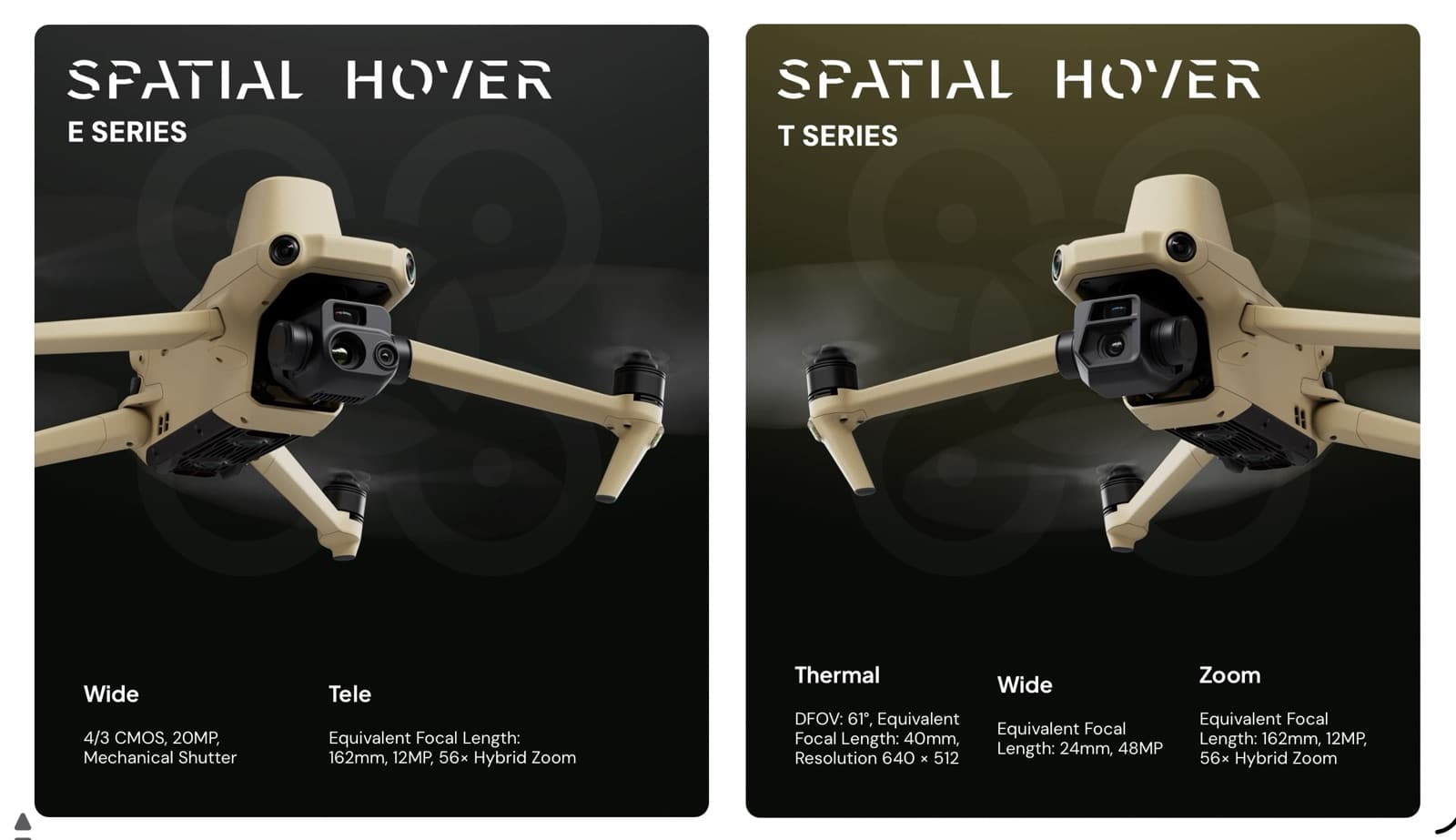
Industry observers note the impossibility of such coordination without centralized management. A drone cannot simply migrate from one supposedly independent company’s product lineup to another unrelated manufacturer’s website without coordinated control.
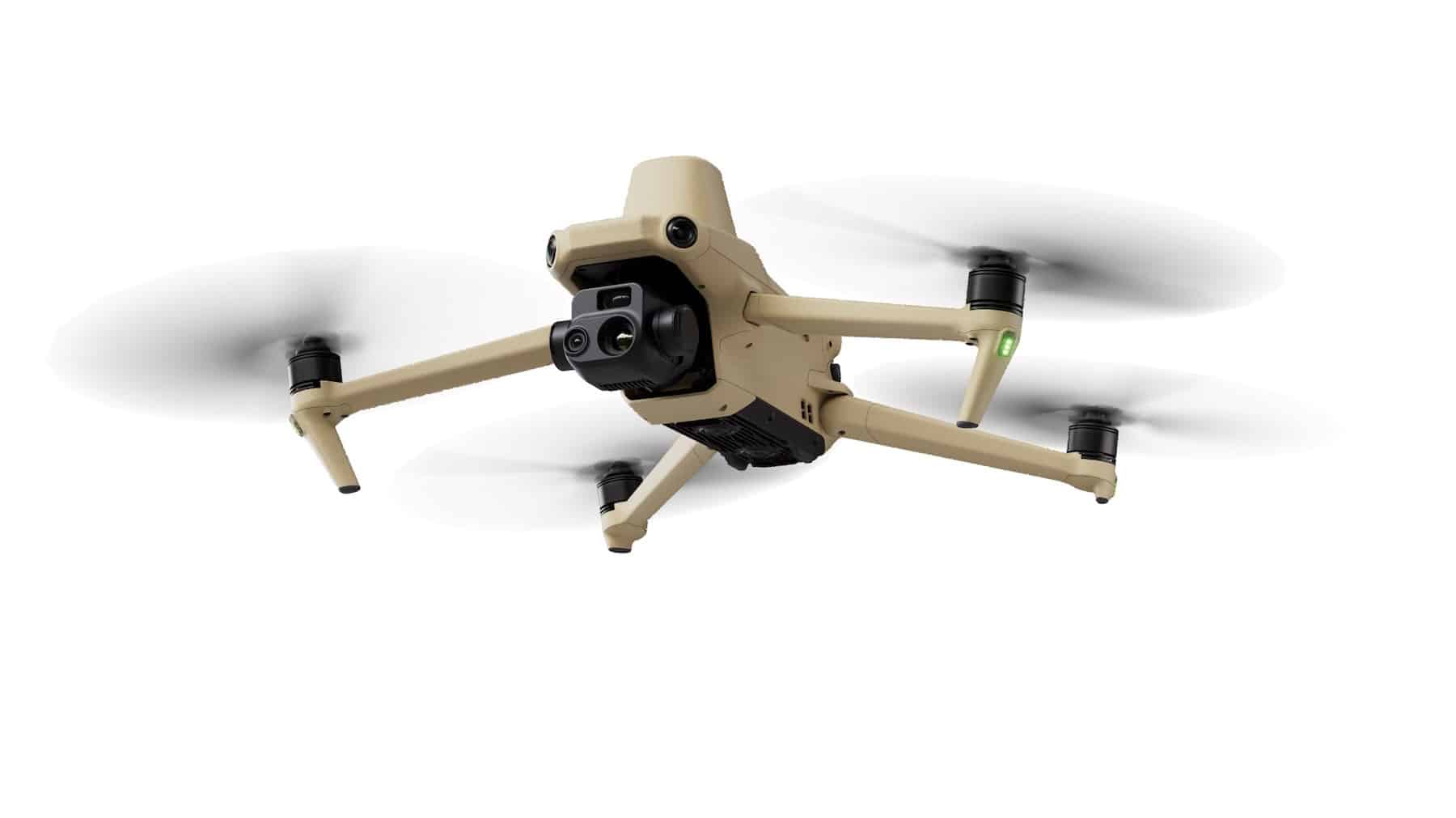
Spatial Hover’s website displays entirely English-language content, strongly suggesting U.S. market targeting. The company’s E Series and T Series drones match DJI Mavic 3 Enterprise specifications exactly, with the T Series offering thermal imaging capabilities identical to DJI’s commercial lineup.
Nine Companies Submit DJI-Based Drones to FCC
FCC filings reveal a growing network of companies submitting drones with DJI’s proprietary OcuSync communication technology. Security researcher Konrad Iturbe’s automated monitoring system has documented the following entities:
Spatial Hover Inc submitted two drones (FCC IDs: 2BQAI-NRC01, 2BQAI-S3T) on September 30, 2025. The newest addition targets the Enterprise drone market with specifications matching DJI’s professional lineup.
Lyno Dynamics LLC filed applications September 29, 2025. DroneXL discovered DJI logos still visible in the company’s FCC documentation, providing direct visual evidence of the manufacturer connection.
Jovistar Inc submitted filings September 25, 2025. The company’s drone specifications closely match the unreleased DJI Mini 5 Pro, including LiDAR capability and battery specifications identical to DJI’s consumer flagship.
Fikaxo Technology Inc filed applications September 19, 2025. The company’s website contained spelling mistakes, a Gmail contact address, and references to competitor Autel Robotics in the footer—all characteristics distinguishing hastily constructed shell operations from legitimate businesses.
WaveGo Tech LLC submitted two drones July 2-3, 2025, continuing the pattern of minimal corporate transparency while distributing exclusively through Amazon.
SZ Knowact Robot Technology Co., Ltd filed applications April 29, 2025, maintaining operations under Chinese corporate structures.
Skyhigh Tech LLC submitted applications April 25, 2025. DJI logos appeared in FCC filings for WiFi antennas branded as Skyhigh components.
Anzu Robotics LLC represents the transparent end of the spectrum. This Austin-based American company, owned and operated by U.S. citizens, openly licenses DJI Mavic 3 technology and runs U.S.-made software from Aloft. Congressional scrutiny has questioned the licensing arrangement, but Anzu maintains transparent operations with domestic data storage.
Cogito Tech Company Limited filed applications October 25, 2023, selling the Specta Air (identical to DJI Air 3) and Specta Mini (DJI Mini 2 clone) through Hong Kong corporate structures.
Additional companies following similar patterns include Talos Drones, Skyany, and Xtra—each maintaining minimal corporate transparency while distributing DJI-based technology under different brand names.

December Deadline Creates Urgency for Shell Network
The surge in suspected shell companies directly correlates with mounting political pressure. Section 1709 of the FY2025 National Defense Authorization Act requires a U.S. national security agency to determine whether DJI poses an unacceptable risk by December 23, 2025.
If no agency completes the mandated security review by that deadline, DJI will automatically be added to the FCC’s Covered List. This designation would block new DJI products from receiving FCC equipment authorizations, effectively preventing future sales in the United States.
No federal agency has scheduled the required security assessment as of October 2025. DJI has publicly called for the audit to proceed, but the clock continues ticking toward automatic restriction.
The looming deadline explains the accelerated pace of shell company formations throughout 2025. Each new entity represents another potential channel for DJI-based technology to reach the U.S. market under alternative branding if direct DJI sales become impossible.
Spatial Hover Competes Directly With Anzu Robotics
Spatial Hover’s E Series and T Series drones target the same Enterprise market as Anzu Robotics’ Raptor and Raptor T lineup. Both product lines derive from DJI Mavic 3 Enterprise technology, but their business models differ fundamentally.
Anzu Robotics operates as a transparent licensing arrangement with disclosed DJI technology transfer, Malaysian manufacturing, and U.S. software from Aloft Technologies. The company’s leadership acknowledges the relationship emerged as a strategic response to legislative restrictions.

Spatial Hover maintains no such transparency. The company appeared suddenly with no disclosed corporate structure, no explanation of its relationship to DJI, and products identical to drones that vanished from another suspected shell company’s website days earlier.
The competitive dynamics raise questions about DJI’s strategy. If Anzu Robotics represents a legitimate licensing model designed to maintain U.S. market access through transparent means, what purpose does Spatial Hover serve beyond providing additional opacity?
Technical Fingerprinting Exposes Shell Operations
Konrad Iturbe’s automated detection system scans FCC filings daily for DJI’s proprietary frequency signatures. “I built a small bot that finds these shells,” Iturbe explained in previous coverage. “Every day, the bot goes to the FCC and it searches through the listings for the DJI OcuSync, specific frequencies.”
The technical evidence includes DJI’s proprietary P1 Pigeon chipsets, identical OFDM structures with 601 sub-carriers, and specific synchronization sequences that appear across all shell company products. Each drone broadcasts unencrypted DroneID packets every 640 milliseconds containing location data, serial numbers, and telemetry that reveals the true manufacturer despite corporate rebranding efforts.
This technical fingerprinting enables researchers to expose shell companies even when traditional business intelligence fails to reveal ownership connections. Manufacturers cannot easily circumvent frequency analysis because the radio communication protocols remain identical regardless of external branding.

DroneXL’s Take
The Spatial Hover discovery confirms what we’ve been documenting for sometime now: DJI is orchestrating a sophisticated proxy network as political pressure intensifies. The coordinated product migration between Fikaxo and Spatial Hover provides the clearest evidence yet of centralized control.
Here’s what makes this particularly significant. When we published our Fikaxo exposé on September 26, the E1 drone was prominently displayed on their website. Within days, that product disappeared. Then on October 1, Spatial Hover emerged with identical Enterprise drones using the same beige color scheme and specifications. That’s not coincidence—that’s coordination.
The timing also matters. Spatial Hover filed FCC applications September 30, placing them just ahead of the growing scrutiny while providing maximum lead time before the December 23 deadline. If DJI gets added to the Covered List, these September and October filings might be the last window for new products to receive FCC certification.
We need to distinguish between different types of proxy operations. Anzu Robotics, operates transparently with disclosed relationships and U.S. ownership. Congressional investigations have questioned the licensing arrangement’s legitimacy, but at least Anzu’s structure is visible and subject to oversight.
Spatial Hover represents something different. No disclosed ownership. No explanation of manufacturing. No corporate history. Just a website in perfect English targeting the U.S. market with drones identical to DJI’s Enterprise lineup. The lack of transparency distinguishes suspected shell operations from legitimate business arrangements.
The broader question is whether this strategy will work. If federal authorities determine DJI poses security risks, will rebranding the hardware under different corporate names actually address those concerns? The underlying technology, firmware, and communication protocols remain identical regardless of the label on the drone’s body.
For drone operators caught in this political crossfire, the implications are significant. Do you invest in Spatial Hover hardware knowing it might face the same restrictions as DJI? Do you pay premium prices for Anzu Robotics based on transparent operations? Do you switch to genuinely independent manufacturers like FreeFly Systems despite higher costs and reduced capabilities?
These aren’t easy questions, and the December deadline isn’t giving anyone much time to answer them.
What do you think? Share your thoughts in the comments below.
Discover more from DroneXL.co
Subscribe to get the latest posts sent to your email.
Check out our Classic Line of T-Shirts, Polos, Hoodies and more in our new store today!

MAKE YOUR VOICE HEARD
Proposed legislation threatens your ability to use drones for fun, work, and safety. The Drone Advocacy Alliance is fighting to ensure your voice is heard in these critical policy discussions.Join us and tell your elected officials to protect your right to fly.
Get your Part 107 Certificate
Pass the Part 107 test and take to the skies with the Pilot Institute. We have helped thousands of people become airplane and commercial drone pilots. Our courses are designed by industry experts to help you pass FAA tests and achieve your dreams.

Copyright © DroneXL.co 2025. All rights reserved. The content, images, and intellectual property on this website are protected by copyright law. Reproduction or distribution of any material without prior written permission from DroneXL.co is strictly prohibited. For permissions and inquiries, please contact us first. DroneXL.co is a proud partner of the Drone Advocacy Alliance. Be sure to check out DroneXL's sister site, EVXL.co, for all the latest news on electric vehicles.
FTC: DroneXL.co is an Amazon Associate and uses affiliate links that can generate income from qualifying purchases. We do not sell, share, rent out, or spam your email.





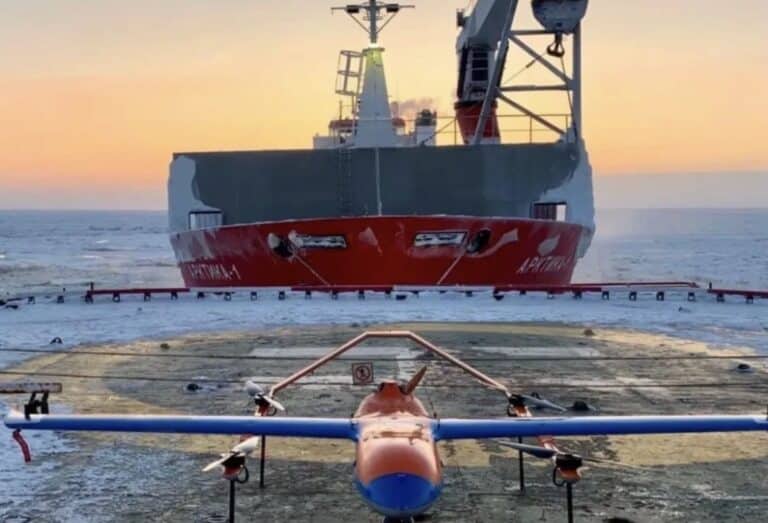

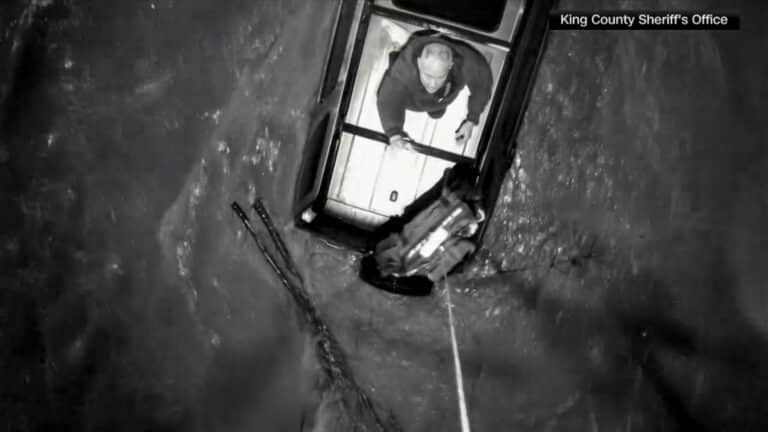
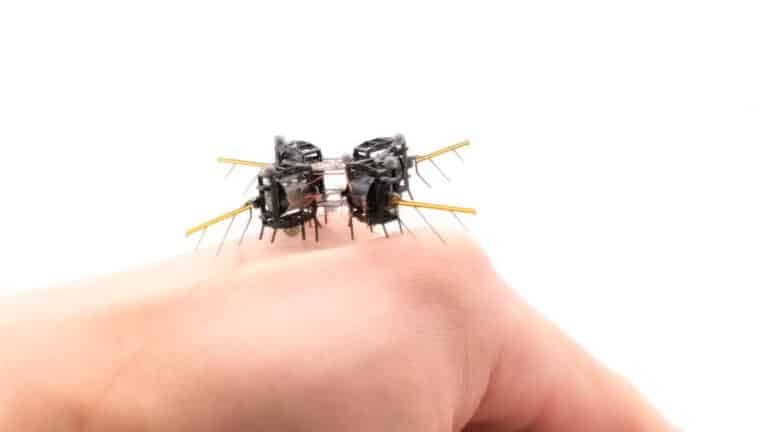

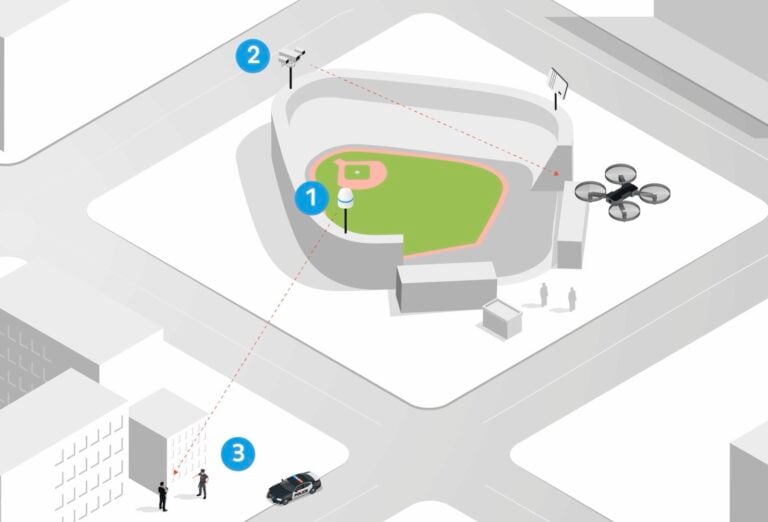

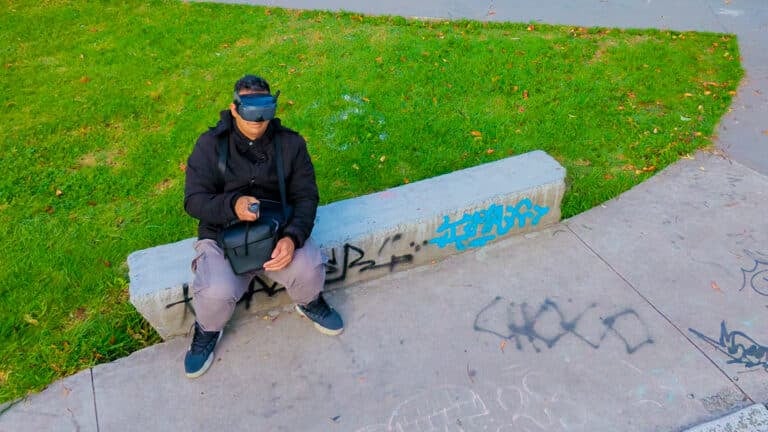
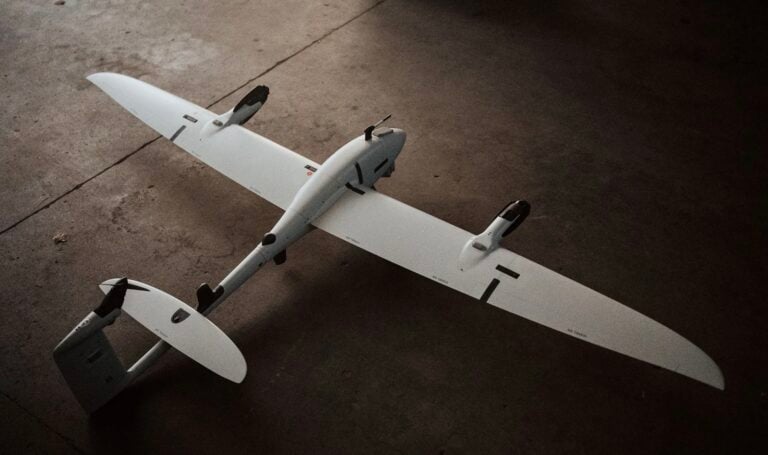
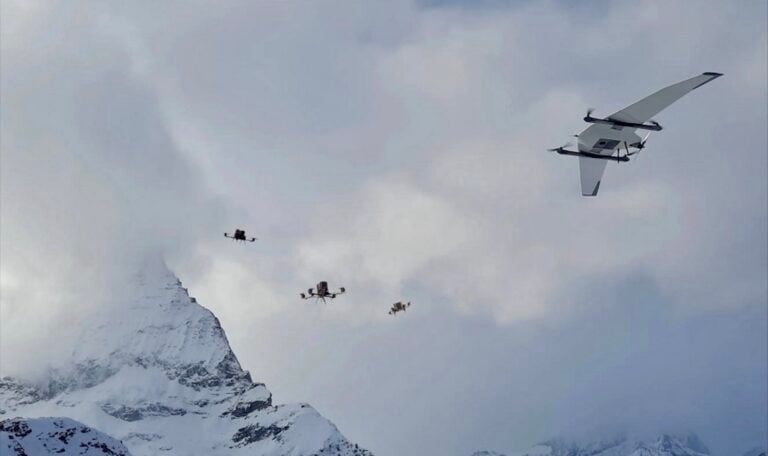

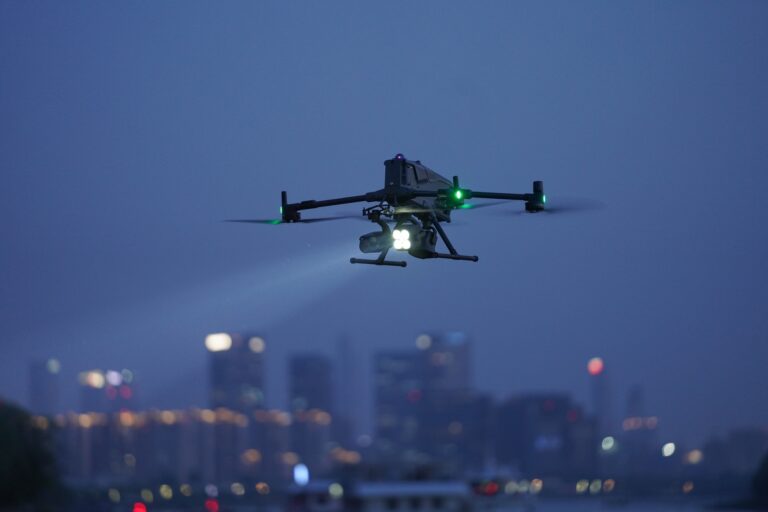


How about you all stop reporting on these shell companies and them sell us drones.
Sorry. Can’t do. Drone news = drone news.